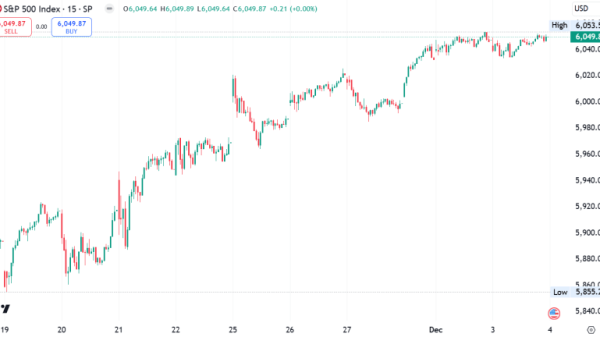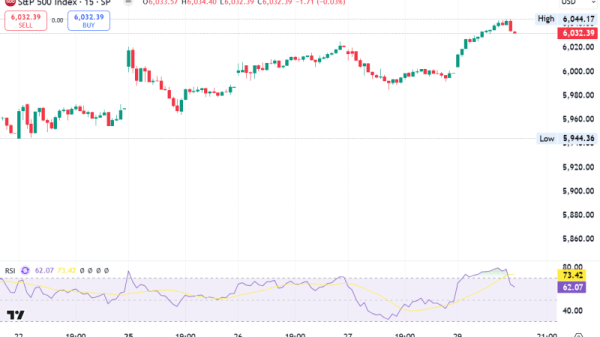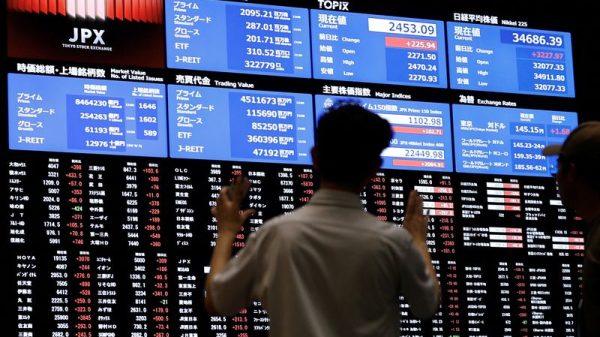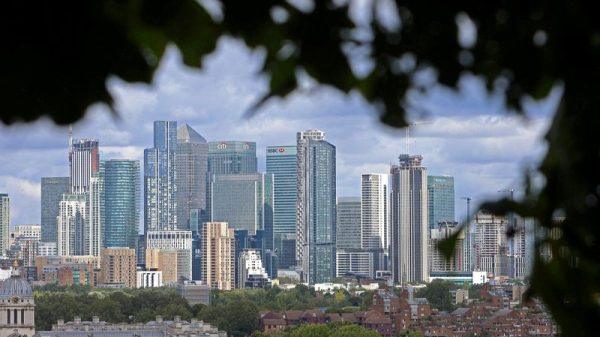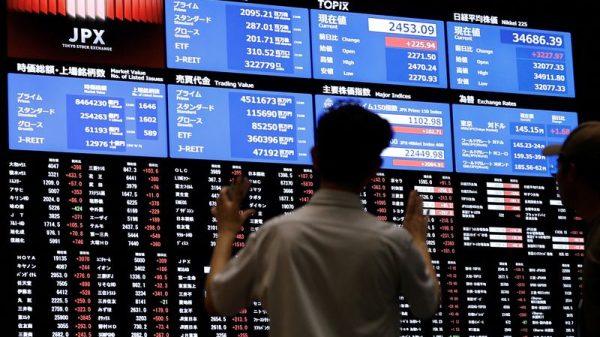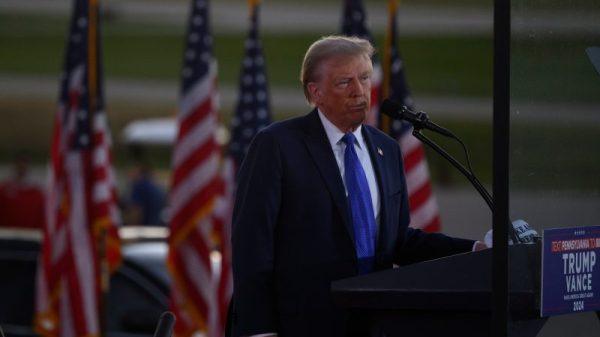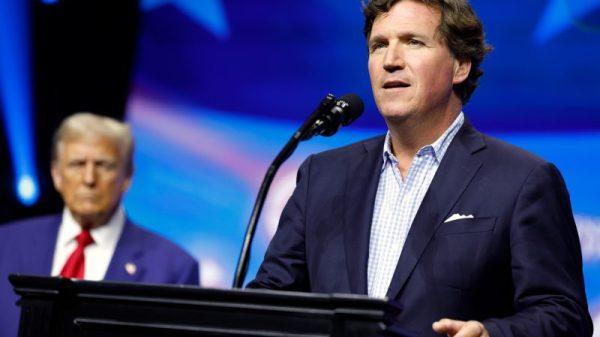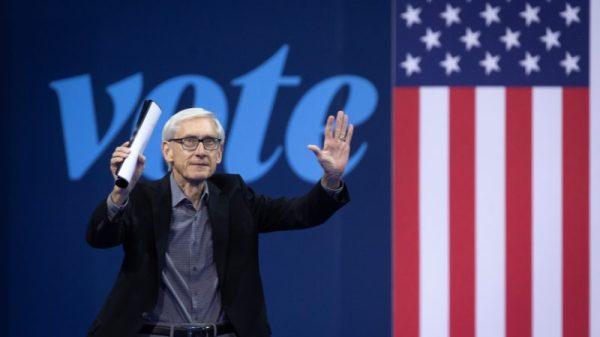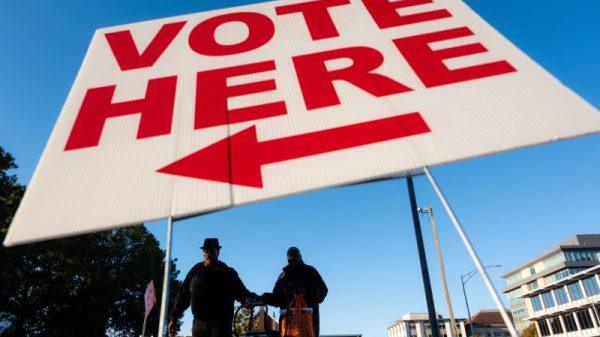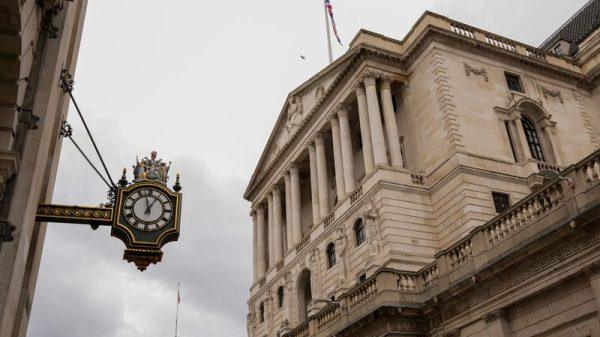By Paritosh Bansal
(Reuters) – The Federal Reserve risks moving beyond its role as a lender of last resort to a prop markets need to function even in normal times, with pressures likely to increase as U.S. presidential candidates look set to add trillions more to deficits.
The latest sign of the Fed’s mission creep came on Sept. 30, when typical end of the quarter strains on Treasury markets led to a $2.6 billion drawdown of its funding backstop, called the Standing Repo Facility (SRF), since it was set up in 2021 after a market scare.
The facility, which allows some lenders to borrow against collateral such as Treasuries, was set up to alleviate cash shortfalls in the market, which can lead to sudden spikes in short-term interest rates that threaten financial stability.
But two banking sources who requested anonymity to speak candidly and a market expert told me there was no liquidity problem that day, and indicators of financial stress were below normal levels.
Instead, these people said the drawdown highlighted a potent structural issue: At about $28 trillion, the Treasury market has become too large. Banks typically would facilitate such trades, but now either they don’t have enough room on their balance sheets or don’t want to because post-2008 crisis regulations made the activity less profitable.
It’s a problem that’s likely going to get worse. U.S. fiscal deficits are growing. A budget-focused think tank estimated earlier this month that Republican Donald Trump’s tax and spending plans would add $7.5 trillion to deficits over 10 years, while Democratic rival Kamala Harris’ plans add $3.5 trillion. The estimates have drawn criticism from both campaigns.
Already, the Fed and market participants are floating ideas that would pull the central bank even deeper into markets, ranging from centrally clearing some transactions to broadening who can borrow from it and offering the SRF earlier in the day.
While smooth functioning of Treasury markets is essential to global financial stability, the central bank’s growing involvement can have unintended consequences, such crowding out other investors and creating asset bubbles as it happened after COVID-19.
“It’s a serious problem,” said Darrell Duffie, a Stanford University finance professor who is an expert on Treasury markets. “We have to redesign the financial system and regulations so that the market can digest demands for liquidity, even on stress days, and we’re not there.”
The Fed declined to comment.
To be fair, thank goodness for the Fed. The central bank is faced with a series of bad choices, forced into a corner by decisions taken by fiscal authorities.
Viral Acharya, former deputy governor of the Reserve Bank of India, said the problem was beginning to morph into an emerging-market type of situation “because deficits are soaring, the borrowing calendar is too aggressive, and there are mismatches – but importantly, frictions – in the private demand and supply for liquidity.”
“Central banks are therefore constantly fighting like three-four fires simultaneously,” said Acharya, who is now an economics professor at New York University Stern School of Business.
LENDER OF LAST RESORT
A central bank’s role as a lender of last resort was first theorized by the 19th century economist Walter Bagehot, who wrote it was needed to prevent bank panics. The Fed, which was set up in 1913, has intervened several times to serve that function over the decades.
But its presence in the market has grown markedly since the 2008 financial crisis, as its balance sheet expanded and it set up new facilities to support markets. That has corresponded with rapid growth in the Treasury market, which has more than doubled over the past 10 years. Intermediation capacity has not kept up.
The SRF was set up after one such panic moment in September 2019, caused by a sudden spike in interest rates in the repurchase agreement, or repo, market, where institutions borrow short-term funds against Treasuries and other collateral. Over the next few years, the SRF lay dormant, with use limited to banks testing access.
One of the sources said some of the foreign banks withdrew from the market as they tend to do at the end of the quarter to shrink their balance sheets, a process euphemistically called ‘window dressing’ to reduce capital charges.
MORAL HAZARD
The lack of capacity meant there wasn’t enough funding available on Sept. 30 when many market participants tried to borrow. A key repo interest rate, called the Treasury GCF Repo Index, shot up to 33 basis points to 5.22%.
Based on trades that go into the calculation of another benchmark interest rate, called SOFR, Stanford’s Duffie estimated that roughly $600 billion worth of trades were executed at much higher rates.
The fact that banks didn’t borrow more from the SRF to lend at the higher rates pointed to their balance sheet constraints rather than liquidity problems in the financial system, according to Duffie and the banking source.
People are already worrying about what would happen at the end of the year, when even the U.S. banks pull back from the market, leaving less intermediation capacity in repo markets. The banking source said they expect borrowers to seek repo loans for a term spanning several days, as against the typical overnight trade, to get over the hump.
NYU’s Acharya said there is a risk that the intervention could create moral hazard. “If the market’s perception is that the Fed is always going to be there, why would they manage this liquidity risk?” he said.

